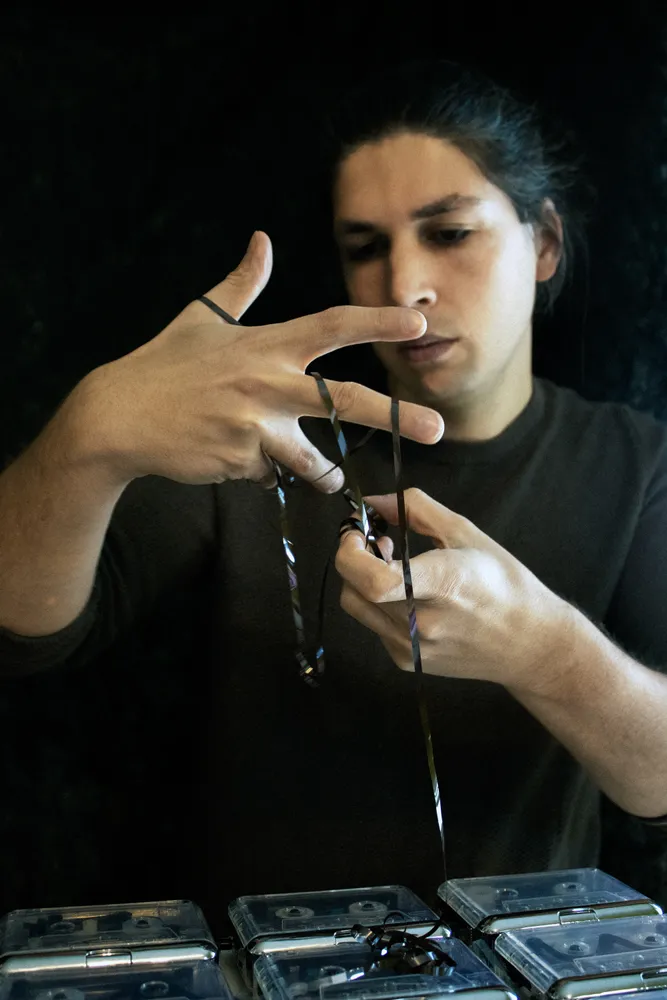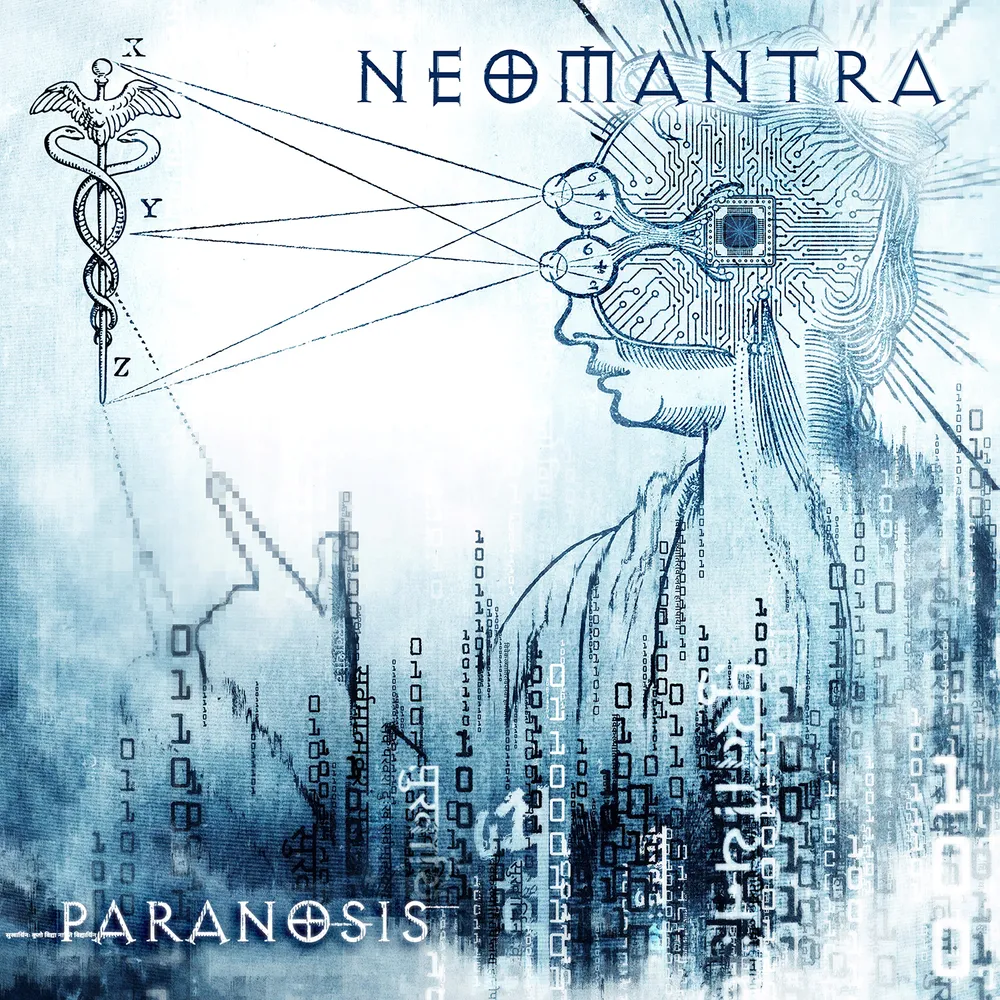I’m just going to go out of my way now to put a pretty big disclaimer for the general music listening crowd: Drifting Intervals is not an album you throw on in the background while you do dishes or fold laundry. Unless, of course, you want to suddenly regain consciousness an hour later, standing in your kitchen, staring at a half-washed plate or a mountain of clothes you could have sworn was something you managed to work on already as you question every life decision that brought you to this moment. This is not an album you simply listen to. Instead, this album more or less happens to you. This is music to dissociate to, and it frankly does a phenomenal job at that.
The mastermind behind this auditory fever dream is Czech soundscaper De Moi—real name Vojtech Vesely—a man who, I can only assume, has spent an objectively unhealthy amount of time contemplating the abyss. And wouldn’t you know it, he decided to bring back a souvenir. Inspired by William Basinski, Terry Riley, Pauline Oliveros, and the more meditative side of Aphex Twin, Vesely employs a technique he calls Drifting Intervals, which, in practice, sounds like what would happen if you took sound, put it in a microwave, and watched it slowly melt into a pool of beautifully decaying nothingness. But in a really interesting and unique way.

For a slight reference of what this project is like, I’d say something in the ballpark of Selected Ambient Works Volume II stripped of anything resembling conventional structure or Kiasmos if their crisp, elegant minimalism had been stretched out to infinity and then very quickly flipped it over its head. I could even hear a distant echo of Bonobo’s lush, organic textures, but on Drifting Intervals, they’ve been deconstructed, warped, and contorted into something that no longer even pretends to be a song.
And let’s talk about how this thing is constructed, because Vesely has essentially built an entire sonic universe out of elements that sound like they were recorded inside an abandoned cathedral on the moon. The album is built on decaying tape loops, cavernous reverb, and harmonic intervals stacked like a haunted house teetering on the edge of collapse, which is a fancy way of saying: everything here is breaking apart, but in a way that feels oddly natural—like watching ice slowly crack over a frozen lake. There are melodies if you squint for them, but there are neither hooks nor typical song structure. Instead, Drifting Intervals moves like a thick fog creeping over an abandoned field. It’s music, sure, but in the same way that a mirage is a body of water.
And let’s be clear—this is not just standard ambient music. This is music that actively dissolves your perception of reality. The eleven tracks on this project don’t “start” or “end.” They just… exist for a while, hovering like a ghost, before fading into oblivion. You think you recognize a pattern, a phrase, a melody—but the second you reach for it, it disintegrates into dust. It’s Everywhere at the End of Time levels of uncanny, except instead of the slow, creeping horror of dementia, it feels more like an out-of-body experience where you’re watching yourself dissolve into static. Or maybe that’s just the quality of a phenomenal ambient project.
While I did find this project to be exceptional, I must emphasize that Drifting Intervals has a distinct appeal. If you need melody, structure, or even a hint of a beat, this album will straight-up delete your brain. You will sit there, confused and afraid, clutching your headphones like a lifeline, while the concept of time itself slowly evaporates around you. But if you surrender to it—if you let it consume you like some kind of beautifully decaying dream—you’ll find yourself in one of the most immersive, transformative listening experiences of the year. Ambient albums demand a lot of patience from listeners, and this album will ask more than that. But if you have the patience and meet it where it’s at, you will find a sonic marvel that you’d find to be your favourite, if not only for how unique the techniques used to make this project are.
Follow De Moi
About the Author

A tenured media critic known working as a ghost writer, freelance critic for various publications around the world, the former lead writer of review blogspace Atop The Treehouse and content creator for Manila Bulletin.









